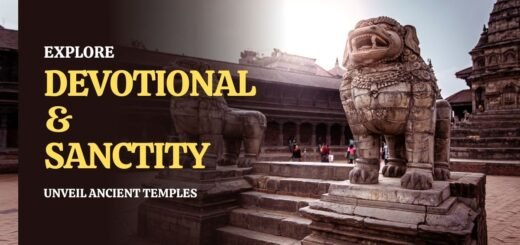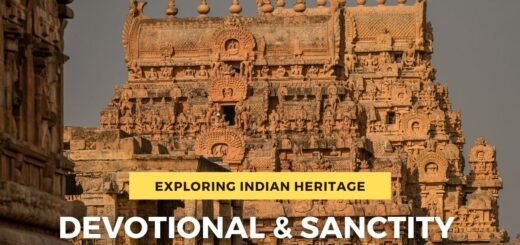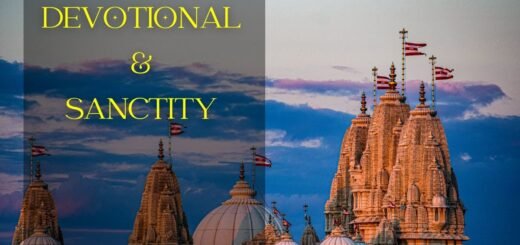Kanchipuram Ekambareswarar Temple History Darshan Details Seva
Know the details about Kanchipuram Ekambareswarar Temple History Darshan Details Seva, Ekambareswarar Temple timings history, Ekambareswarar Temple location route map
The Ekambareswarar Temple is a well-known Hindu temple in Kanchipuram, Tamil Nadu, India, dedicated to Lord Shiva. Kanchipuram. The element Earth is represented by one of the five great Shiva temples, or Pancha Bootha Sthalams (each one symbolizing a different natural element). Thiruvanaikaval Jambukeswara (water), Chidambaram Natarajar (ether), Thiruvannamalai Arunachaleswara (fire), and Kalahasti Nathar are the other four temples in this group. See below to get the details about Ekambareswarar Temple History Kanchipuram
Click here to contact Purohit for online Poojas and Programs
Click here to get Ekambareswarar Temple Abhishekam Seva Tickets Bookings
Kanchipuram Ekambareswarar Temple History Darshan Details Seva
This massive temple is one of the oldest in India, dating back to at least 600 CE. Kama kottam and Kumara kottam (now the Kamakashi Amman temple and the Subramanya temple) are mentioned in Tamil poetry from the second century CE. The temple is mentioned in the 300 BCE Tamil Sangam literature with Manimegalai and Perumpuppaai.
Pallavas was the first to construct the temple. Kachiyapper, a Vedantist, worked as a priest at the temple. The previous edifice was demolished and rebuilt by the subsequent Chola Kings. Adi Sankara, a 10th-century saint, worked with local kings to redesign Kanchipuram and expand this temple, as well as Kamakshi Amman Temple and Varadaraja Perumal Temple.
Ekambareswarar Temple History Kanchipuram
There are inscriptions dated 1532 CE (record 544 of 1919) reflecting Achutaraya’s donation of a number of villages. Achutaraya commanded Vira Narasingaraya Saluva Nayaka to violate the royal edict by providing more land to Ekambaranathar temple than to Varadaraja Swamy temple, despite the mandate to give equal gifts to both temples.
Achutaraya, upon hearing this, divided the territory evenly between the two temples. The eleven-story southern gopuram, erected by Krishnadevaraya (1509-29), stands 57 meters (187 feet) tall and is one of the country’s highest gopurams.
Click here to get the Ekambareswara Temple location Route map
Kanchipuram Ekambareswarar Temple History Darshan Details Seva:
The Vijayanagar rulers also made substantial contributions to the temple during the 15th century, which was afterward expanded by Vallal. Pachiyappa Mudaliar used to go from Chennai to Kanchipuram to pray at this temple on a regular basis; during British control, he spent a substantial amount of money rebuilding the temple; Pachiyappa Mudaliar sat on horseback can be seen in the temple pillar.
To save time going to Kanchipuram, Pachiappa Mudaliar erected a comparable temple with the same name, Ekambareswarar, in Chennai. Nattukottai Chettiars did considerable repair work in the temple, according to an Archaeological Survey of India survey dated 1905-06.
During festivals and on a daily basis, the temple priest performs pooja (rituals). The priests, like those at other Shiva temples in Tamil Nadu, are from the Shaivaite group, a Brahmin sub-caste. Ushathkalam is done at 5:30 a.m., Kalasanthi at 8:00 a.m., Ucchikalam at 10:00 a.m., Sayarakshai at 6:00 p.m., Irandamkalam at 8:00 p.m., and Ardha Jamam at 10:00 p.m.
Worship is conducted in the presence of music played on nagaswaram (pipe instrument) and tavil (percussion instrument), religious teachings from the Vedas spoken by priests, and devotees prostrate in front of the temple mast. There are weekly rituals such as somavaram and shukravaram, monthly festivities such as amavasai (new moon day), kiruthigai or on krittika nakshatra, pournami (full moon day), and Chaturthi.
Throughout the year, the temple celebrates dozens of festivals. The Panguni (or Phalguni in Devanagari) Brahmotsavam is the most significant of them, lasting 10 days during the Tamil month of Panguni, between March and April, and culminating with the celebration of Kalyanotsavam. The festival is the most well-known of Kanchipuram’s temple festivities.


